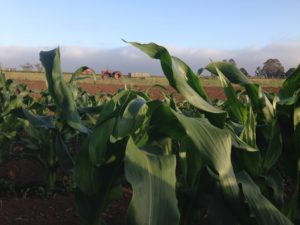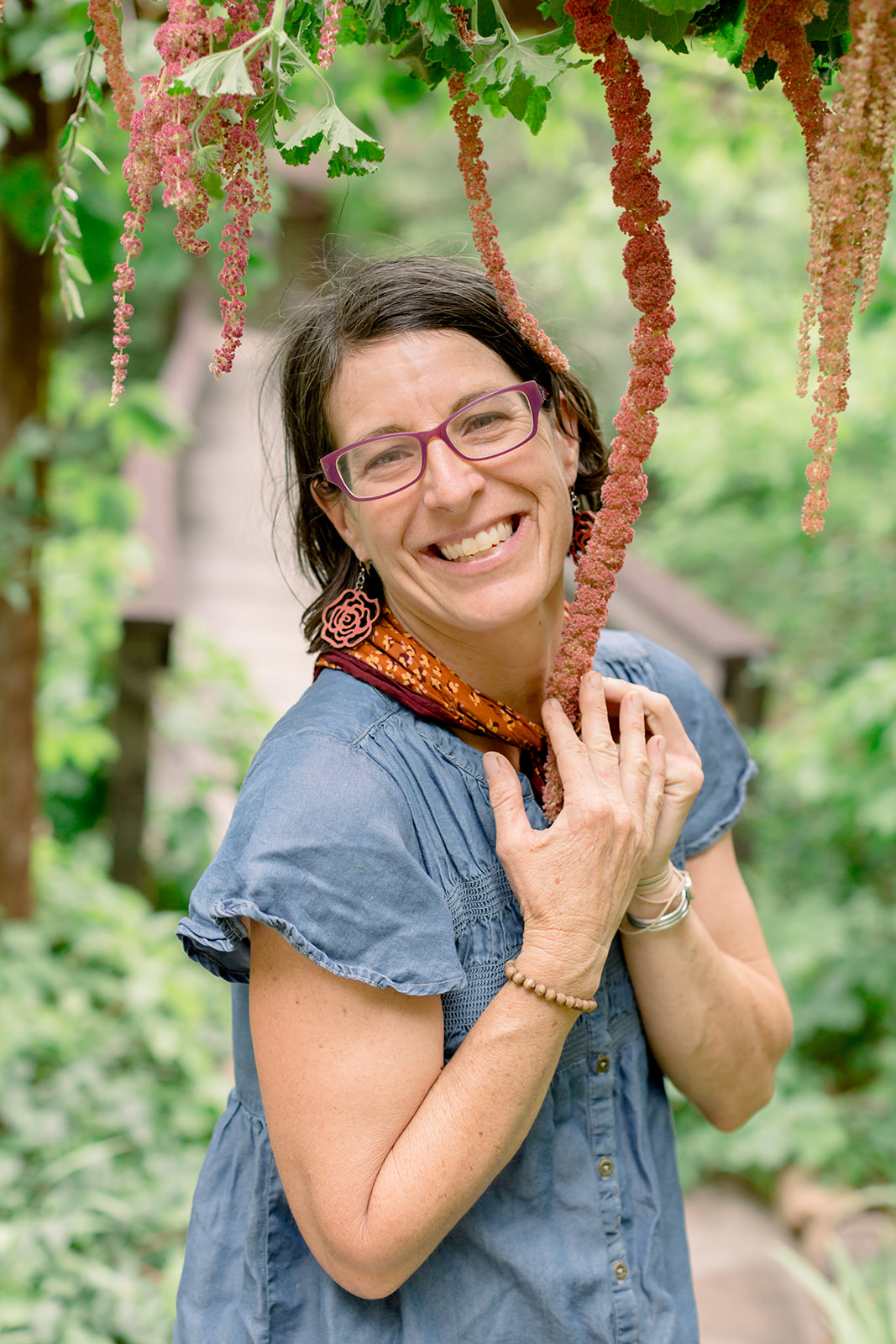 Presently, I am obsessed with tractors. I feel the longing to drive one like a teenager who is counting the days to a driver’s license. When I was a kid we moved dirt and made fortresses with our Tonka trucks. Big machinery has always meant power, freedom from the drudgery of hand tools, and entry into another dimension of scale. Tractor time also brings me closer to becoming a farmer.
Presently, I am obsessed with tractors. I feel the longing to drive one like a teenager who is counting the days to a driver’s license. When I was a kid we moved dirt and made fortresses with our Tonka trucks. Big machinery has always meant power, freedom from the drudgery of hand tools, and entry into another dimension of scale. Tractor time also brings me closer to becoming a farmer.
At farm school we studied cultivation like you might a dance routine. We learned the moves, reviewing the timing and the mechanics behind them. I squirmed through demonstrations of the various implements in action: mowing, tilling, preparing seedbeds, drill seeding and knocking out young weeds growing around transplants, anticipating the day I would be doing it myself. But you don’t become Michael Jackson overnight. Driving in straight lines takes practice.
I know just enough about tractors to be slightly dangerous. I am starting to hold my own in conversations with farmers and engineers about cultivating a piece of land. But I still feel like a fraud because while I understand the theory I still lack actual experience. I am developing my own philosophy about tillage practices, influenced by mentors like Wendell Berry, who writes in his book The Unsettling of America: “the soil is the great connector of lives, the source and destination of all. It is the healer and restorer and resurrector, by which disease passes into health, age into youth, death into life. Without proper care for it we can have no community, because without proper care for it we can have no life.”
I understand that tractors are essential to farming efficiently, yet my heart is heavy each time I think about tilling the Earth. Turning it inside out with a big machine is a destructive, unnatural act. Although I did not log any tractor time at farm school, I did acquire an insane reverence for soil. I understand what Wendell is saying—each time we disturb ground, we must rebuild the communities of microbes that dwell beneath the surface.
As an apprentice at the Santa Cruz farm, I was not allowed to use a tractor. So when night fell on the farm I would find the place where our Kubota was parked after a day’s work and climb aboard to reflect or make phone calls to loved ones. I relished the view of this place we were tending from the seat of the tractor on a moonlit night. The fog that gathered every evening at sundown diffused the silver moon glow to illuminate fields of hundreds of varieties of vegetables, flowers, and fruit trees. Gone was the hustle and bustle of the sunshine, the humming bees, the mockingbird’s song, and the corn plants rustling in the breeze. Even the robins were getting their beauty rest so they could rise early and whistle us awake with their cheery notes. Yet the scene was hardly ever quiet or without drama. Coyote wailed and barn owls squawked on their night shift eating their rations in gophers. I glimpsed their dark forms swooping from the wall of cypress trees coasting over the kiwi vines and the expanse of vegetables to feed their families, helping us feed ours at the same time.
Perched on this tractor seat at night I could see the world in a different way. In the darkness my dreams were taking shape. Visions of planting, growing and sharing abundance merged with the architecture of the old apple trees in the orchard and the horizon beyond where it was not possible to separate the Ocean View field from the Pacific Ocean. Rows of kale ended in white caps and if you were quiet enough the wind carried the sound of seals barking.
From this perspective everything was new and slightly mysterious. I marveled at how I was absorbing the newness into my cells like the plants taking in sunshine and nutrients. How I was learning to sense soil moisture and recognize the difference between the thirst of a field of potatoes and corn. How I was discovering my own thirst for this knowledge—to know plants not only by name, but also by what they require to flourish and their vulnerability to so many elements. I was learning to harness the influence of their wild ancestors while asking them to stand in line, grow straight and tall and flowery and fruity.
In the tractor seat in the dark I was surrounded by everything shouting in their own special way: “I’m going to live! I’m going to grow! I will thrive!” I could feel the energy of the bean plants reaching their tendrils each day further upwards, like they too are not capable of not believing. I could feel the possibilities of where this experience would lead me, even though it was foggy and I could only see blurry shapes of my future. On the tractor seat I sat with my fears, suspended in the fog for a moment. I found comfort knowing that in the morning, they too will dissipate like the fog drifting out to the ocean, not recognizable anymore.
This summer at Whipstone Farm in northern Arizona, Cory, one of the owners, is patiently giving me tractor lessons when he can spare a few minutes from the hundreds of more pressing tasks that need to be done. Last week we finished a long day of harvesting vegetables and making flower bouquets for the farmers markets. The sun was setting and he asked if I wanted to use the last light to practice using the bucket on the manure pile. After a quick review session, Cory left me alone with the tractor while I awkwardly attempted to make a neat pile of manure. As the full moon rose, I took a moment to appreciate the view from the tractor seat. Indeed, it was different.

